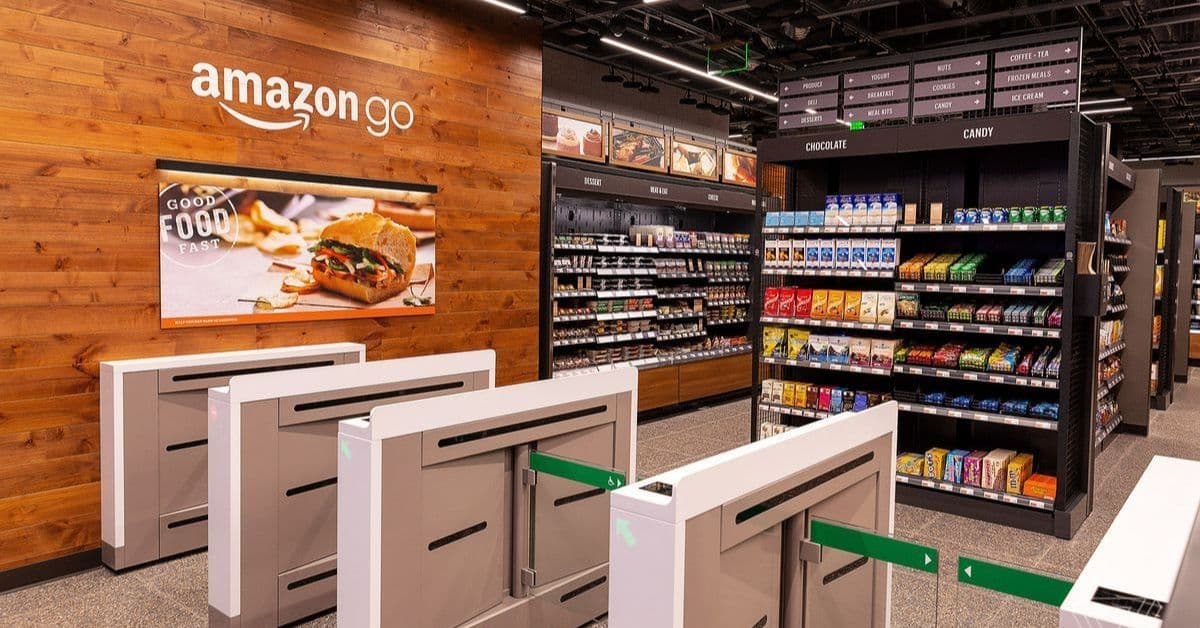What is ubiquitous computing?
Ubiquitous computing refers to the concept of computers naturally blending into people’s daily environments, allowing them to interact with computers anytime, anywhere. It aims to realize “invisible” computing by embedding computers into various objects and spaces around them, rather than limiting them to specific devices.
Are we already living in a world of ubiquitous computing?
Yes, we are already living in a world of ubiquitous computing to some extent.
- For example, technologies such as calling an elevator in advance through a smartphone before leaving the house and receiving automatic notifications at home when a car enters an underground parking lot are becoming widespread.
- These smart home technologies are creating an environment where IoT and AI-based systems automatically respond to the user’s needs.
What aspects of Weiser’s vision have already happened?
Weiser’s vision of invisible, seamless computing is becoming more real with some of today’s technologies. Here are two examples that illustrate how close we are:

Amazon Go
Amazon Go’s Checkout-Free Shopping
- Amazon Go stores use sensors and AI to detect items shoppers pick up and automatically charge them when they leave the store, eliminating the need for a checkout line. This technology, which lets people simply “grab and go,” reflects Weiser’s vision of technology that integrates seamlessly into our routines without obvious intervention.
Apple Watch Fall Detection and Emergency Call
- When an Apple Watch detects a hard fall, it automatically sends an alert to emergency services if the user doesn’t respond within a few seconds. This kind of technology demonstrates how computing can act almost invisibly in the background, offering potentially life-saving help without the user actively engaging with it.
What Needs to Happen for a More Ubiquitous Computing World?
While ubiquitous computing offers convenience and integration, it also brings serious privacy and security risks. Here are some examples:
Personal Surveillance and Privacy Risks
- Recently in South Korea, a widespread hacking incident involving apartment intercom cameras led to residents’ private lives being recorded and leaked online. This incident illustrates how vulnerable connected devices in personal spaces can be to unauthorized access. As we add more cameras and sensors into homes, offices, and public areas, the risk of such breaches grows. Without robust security measures, these technologies can easily turn from helpers into privacy threats.
Data Hacking and Identity Theft
- As more devices are interconnected, they create additional access points for hackers. Wearables, smart appliances, and IoT devices are often less secure, making them easy targets for cyberattacks. A single breach could expose multiple data types across devices, increasing risks of identity theft and financial loss.
This example highlights that while ubiquitous computing makes life more convenient, it also requires rigorous security standards to protect users. We need strong encryption, secure data storage, and regular software updates to mitigate these risks. Only then can we enjoy the benefits of a connected world without sacrificing privacy and security.
